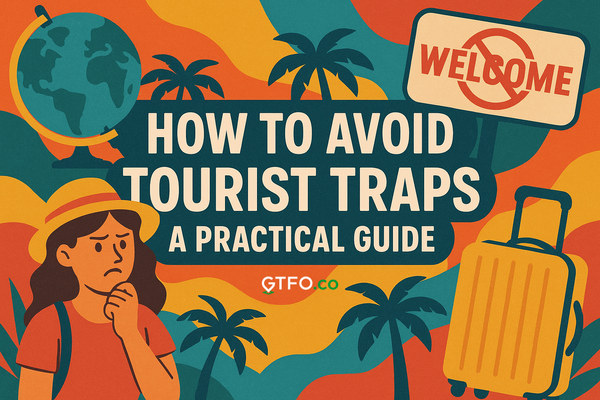The World’s Best Food Markets Worth Planning a Trip Around
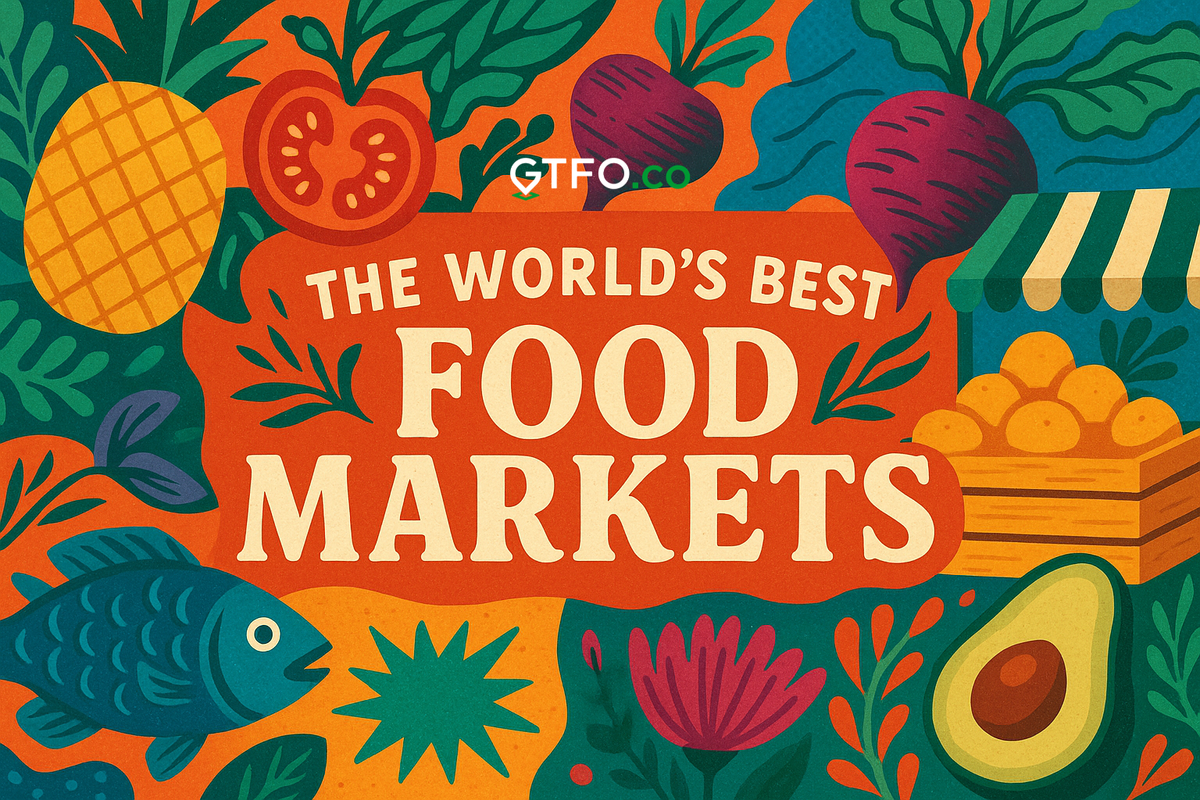
Forget overpriced restaurants, some of the best meals you’ll ever have come served on plastic plates, from stalls with zero pretense and 100% flavor. These food markets are more than lunch: they’re the reason to book the flight.
Key Takeaways
- Street food markets are often the best way to experience a country’s real culinary culture.
- Many of these markets are local icons, not tourist traps—cheap, authentic, and legendary.
- Plan visits around opening hours and local specialties to get the most out of each market.
- If a market is filled with locals and has lines, you’re in the right place.
- Bring cash, an appetite, and no fixed plans—you’ll want to explore and go back twice.
Why Food Markets Matter
Food markets are where the real stuff happens. Not the chef-curated, plated-for-Instagram version of a place—but the everyday eats that locals line up for. Whether it’s grilled meat, fresh dumplings, or spicy soup in a Styrofoam bowl, these places don’t rely on hype. They earn it.
Markets give you food, people, culture, chaos—all in one hit. And if you want to know a city fast, the fastest route is through your stomach.
The Markets Worth Booking Flights For

1. Tsukiji Outer Market – Tokyo, Japan
Even after the inner fish market moved, the outer Tsukiji market is still the place to go for sushi, grilled seafood skewers, tamagoyaki (sweet egg omelets), and bizarre snacks like wasabi ice cream. Yes, it’s popular—but it's still local. And it opens early, so show up before 10 a.m. and skip breakfast. You’ll eat it here.
Pro tip: Try uni (sea urchin) from a vendor that’s busy with locals, not just tourists taking selfies with chopsticks.

2. Mercado de San Juan – Mexico City, Mexico
This is not your average market. Yes, you can get tacos, tortas, and tamales, but San Juan is also known for wild game and exotic meats. You’ll see iguana, crocodile, even lion meat (ethics of that one are up to you). But the heart of the market is traditional: jamón ibérico, cheeses, mole, and mezcal tastings.
Go for: The tacos and the spectacle. Stay for the ingredients you won’t find anywhere else.

3. La Boqueria – Barcelona, Spain
Yes, it’s on La Rambla, and yes, it’s crowded. But unlike many overrun city-center markets, La Boqueria is still legit. Skip the overpriced juice bars near the front and head deeper inside. You’ll find incredible jamón, fresh seafood, and counters where locals still eat breakfast.
Must-try: Grilled octopus or razor clams at one of the standing tapas stalls.

4. Gwangjang Market – Seoul, South Korea
This one’s loud, hectic, and absolutely fantastic. It’s famous for bindaetteok (mung bean pancakes), tteokbokki (spicy rice cakes), and raw beef with pear (yukhoe). Most stalls are family-run, and many have been there for generations. Grab a stool, point to what looks good, and dig in.
If you’re lucky: You’ll find the stall from the Netflix series Street Food. The food is still as good as the hype.

5. Borough Market – London, UK
Not cheap, but worth it. Borough Market is where you go for gourmet everything: fresh oysters, giant scotch eggs, raclette melting over potatoes, Ethiopian stews, craft coffee, and pastries that would make Paris jealous. It’s popular for a reason, and it delivers.
Hack it: Go on a weekday morning to avoid the weekend crush. Bring cash and eat as you go.
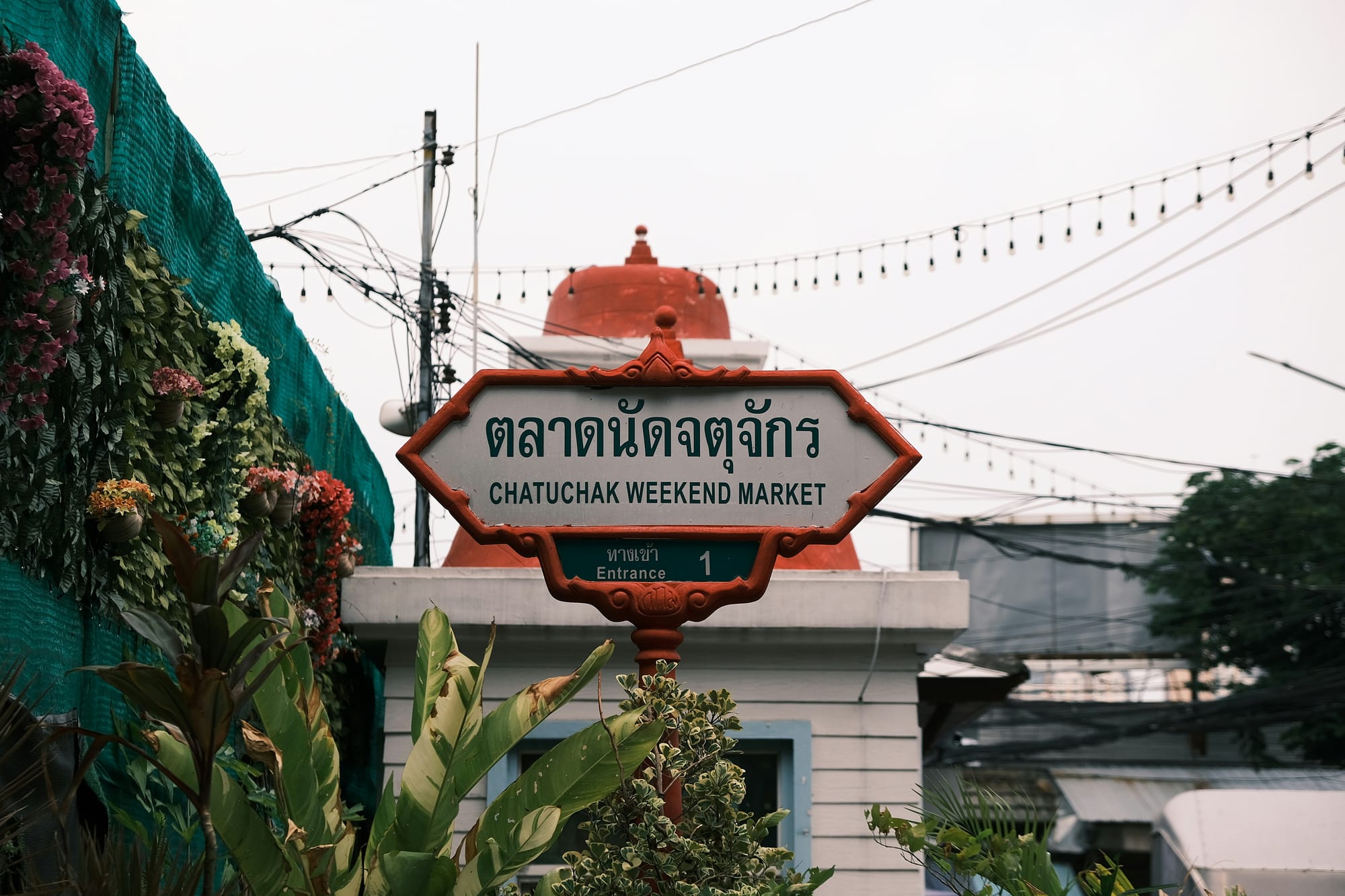
6. Chatuchak Weekend Market – Bangkok, Thailand
It’s not just a food market, but the food section alone could justify a whole trip. From mango sticky rice to grilled meats on sticks and massive bowls of boat noodles, the range is wild. If it can be deep-fried, grilled, or stuffed into a coconut shell, it’s probably here.
Pro move: Pace yourself. It’s easy to overdo it in the first row.

7. Cours Saleya – Nice, France
Bright produce, fresh cheeses, socca (chickpea flatbread), olives, and flowers—it’s the French Riviera in market form. Grab a picnic and head to the beach. It’s not as chaotic as big city markets, and that’s the point. This one’s about fresh flavors and seaside vibes.
Best time to go: Morning, before the tourists catch on.
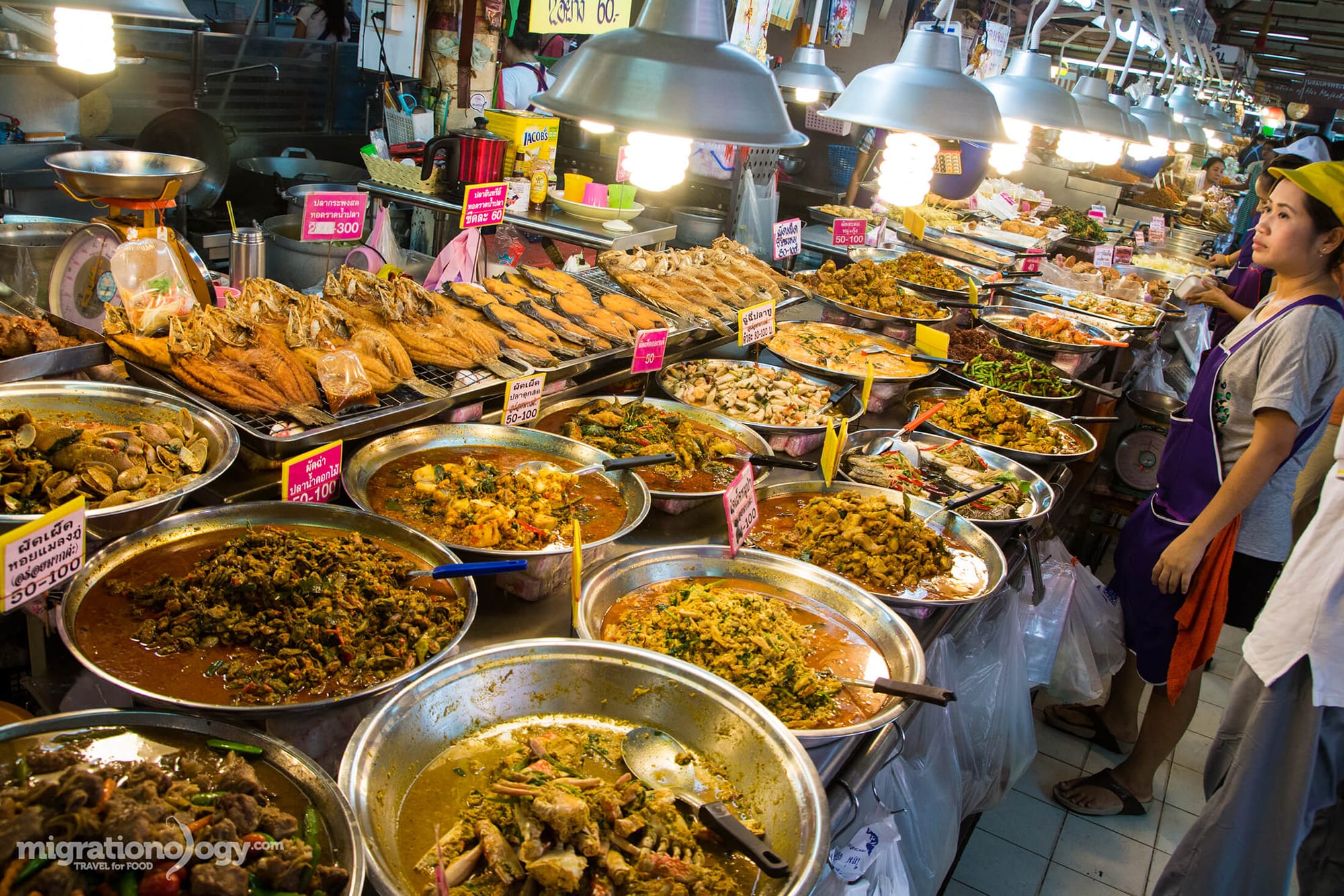
8. Or Tor Kor Market – Bangkok, Thailand
This is the cleaner, quieter, more curated sibling to Bangkok’s street markets, and it’s underrated. It has everything from durian and mangosteen to grilled pork, curry pastes, and fresh seafood. Prices are higher, but the quality is top tier. It’s the kind of market where locals shop to impress guests.
Don’t miss: The fresh green curry and spicy salads.
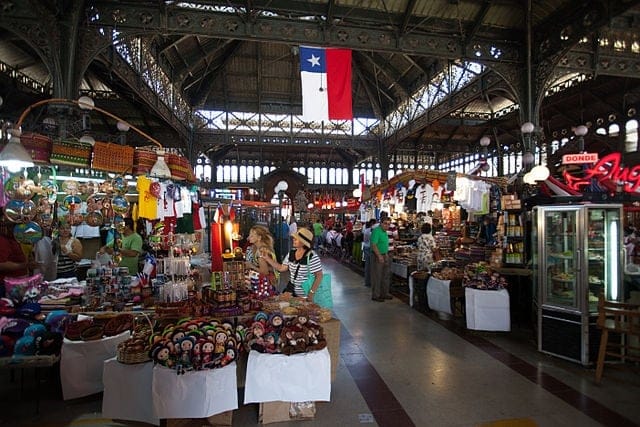
9. Mercado Central – Santiago, Chile
A seafood lover’s dream. Ceviche, shellfish, and giant crabs served at makeshift stalls or inside proper sit-down spots. The surrounding market sells spices, cheese, and produce. It’s a crash course in Chilean flavor.
Skip: The places aggressively calling you in. Walk around first and find the quieter, better ones.
Tips to Eat Like a Local at Any Food Market
- Walk the whole market before buying anything. You’ll regret dropping cash at the first stall if a better version is two steps away.
- Bring small bills and cash. Not every stall takes cards.
- Don’t ask “is it spicy?” unless you’re ready for a challenge. In many places, “mild” still has a kick.
- Watch locals. Where they’re eating is probably where you want to be.
- Don’t skip breakfast. In many cultures, morning markets are where the best food shows up.
- Try one wild card. Every time. Whether it’s grilled bugs, fermented tofu, or meat from an animal you didn’t expect, try something you can’t pronounce.
Markets vs. Restaurants
You won’t get white tablecloths or wine lists. But you will get cheap, fast, unforgettable meals. Food markets are where you connect with a place’s rhythm. They’re social, spontaneous, and fun. You might not remember every course of a 5-star meal, but you’ll remember the best bowl of pho you ever had, eaten on a plastic stool next to a grandma who’s been making it for 30 years.
If you’re into food but not into fuss, markets are where you want to be.
Final Word
If your vacation plan includes “find cool stuff to eat,” these markets are worth circling on your map. You’ll taste better, spend less, and actually get a feel for the place you’re visiting. Food markets aren’t just part of the trip—they are the trip.
You’ll leave full, happy, and wondering why you ever wasted time in touristy sit-down spots.


